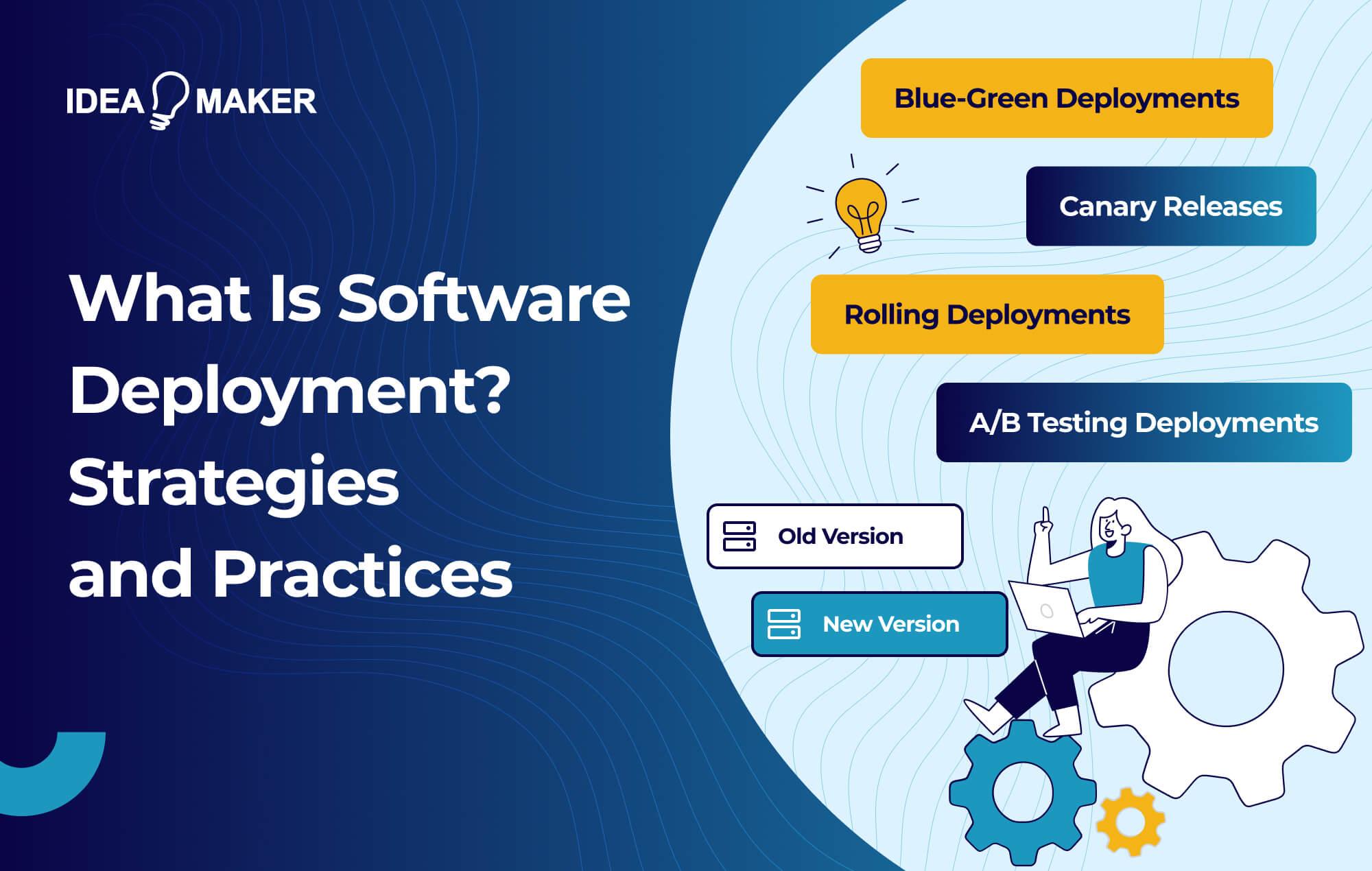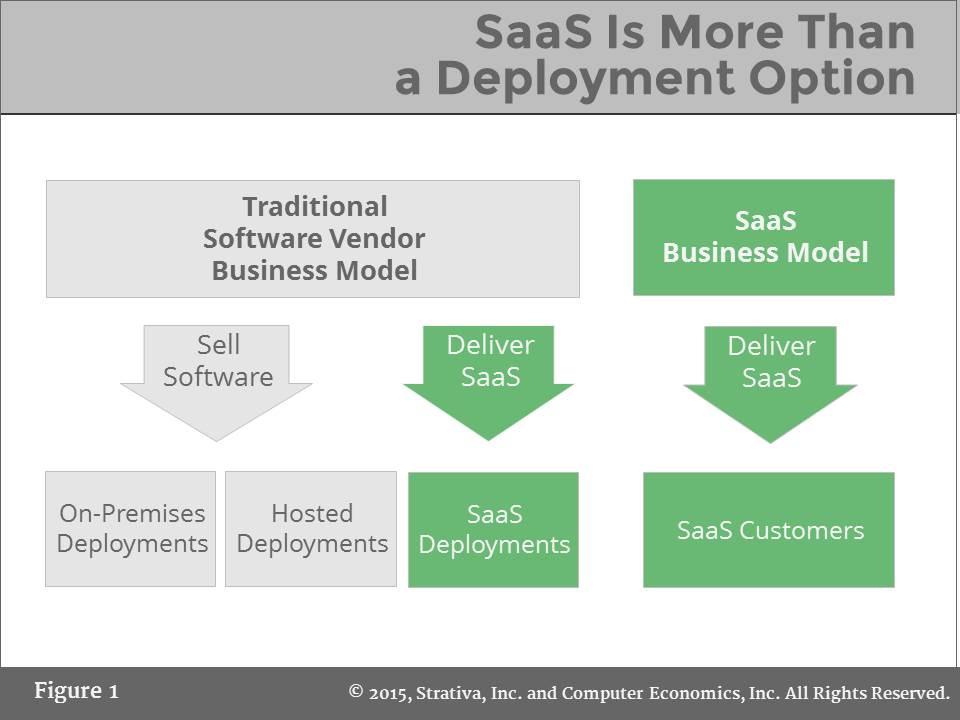In the ever-evolving landscape of technology, Software as a Service (SaaS) has emerged as a cornerstone of modern digital solutions, transforming how businesses operate and interact with their customers. As organizations increasingly embrace cloud-based services, understanding the various deployment models available becomes paramount. From single-tenant to multi-tenant environments, and from public to private clouds, each deployment model provides distinct advantages and challenges. This article dives deep into the spectrum of SaaS deployment models, unraveling the intricacies and helping you determine which approach aligns best with your organization’s goals, security needs, and operational workflows. Join us on this exploration as we illuminate the path to informed decision-making in the realm of SaaS.
Understanding SaaS Deployment Models and Their Unique Characteristics
When diving into the world of Software as a Service (SaaS), various deployment models emerge, each catering to different business needs and technological landscapes. The three primary models are Public, Private, and Hybrid. Public SaaS, hosted on the vendor’s servers and accessible to anyone over the internet, stands out for its scalability and cost-effectiveness. This model suits businesses seeking a quick-to-launch solution with minimal maintenance, allowing users to focus more resources on their core operations. Conversely, Private SaaS is designed for individual organizations, providing tailored solutions that meet specific compliance and security requirements, making it ideal for enterprises dealing with sensitive data.
Lastly, the Hybrid model combines elements from both public and private deployments, offering flexibility by allowing organizations to utilize public services while maintaining sensitive processes on a private infrastructure. This model empowers businesses to optimize resources, manage costs effectively, and ensure compliance with industry regulations. As you consider which deployment model suits your company, it’s essential to evaluate factors such as scalability, security, cost, and control. Below is a brief table summarizing these characteristics:
| Model | Characteristics |
|---|---|
| Public | Cost-effective; scalable; easy maintenance; accessible to anyone. |
| Private | Customizable; high security; dedicated infrastructure; better control. |
| Hybrid | Combination of public and private; flexibility; optimized resource management. |

Evaluating On-Premises, Cloud, and Hybrid Solutions for Your Business Needs
Choosing the right deployment model for your business is essential, as each option comes with distinct advantages and challenges. On-premises solutions provide organizations with full control over their data and infrastructure, which can be critical for industries governed by strict compliance regulations. However, this model requires a significant upfront investment in hardware and software, along with ongoing maintenance costs. On the contrary, cloud solutions offer scalability and flexibility, allowing businesses to adjust resources as needed without heavy capital expenditures. With cloud environments, companies can also benefit from enhanced collaboration and remote accessibility, positioning them well for a dynamic workforce.
Hybrid solutions combine the strengths of both on-premises and cloud environments, offering a tailored approach suited to diverse business needs. Organizations can leverage on-premises systems for sensitive data while utilizing the cloud for less critical operations, thus optimizing their resource allocation. When evaluating these alternatives, consider factors such as:
- Cost: Initial investment versus long-term operational expenses
- Scalability: Ability to adapt to changing demands
- Security: Compliance with industry regulations and data protection
- Control: Level of autonomy in data management
Below is a simple comparison table that summarizes the key features of each deployment model:
| Deployment Model | Control | Investment | Scalability | Maintenance |
|---|---|---|---|---|
| On-Premises | High | High Initial | Low | High |
| Cloud | Medium | Low Initial | High | Low |
| Hybrid | Flexible | Variable | High | Medium |

Key Considerations for Choosing the Right SaaS Deployment Strategy
When selecting a SaaS deployment strategy, organizations must carefully consider their specific needs and constraints. Scalability is paramount; businesses should evaluate how easily they can adjust their usage as demands evolve. Additionally, cost-effectiveness should play a crucial role in decision-making. Understanding both direct and hidden costs associated with various deployment models enables informed budgeting. Factors such as integration with existing systems, regulatory compliance, and data security should also be prioritized to ensure that the chosen model aligns with the organization’s operational framework and risk appetite.
Furthermore, the level of customization necessary for the application can significantly influence the chosen strategy. Some businesses may benefit from a public cloud solution that offers quick deployments and lower costs, while others may require a more flexible private cloud solution for enhanced control and customization. Assessing your organization’s technical expertise is equally vital; an in-house tech team might lean towards a model that allows for greater customization and server management, whereas businesses with limited technical resources might prefer fully managed solutions. To aid your decision-making process, consider the following table outlining key characteristics of each deployment model:
| Deployment Model | Scalability | Customization | Cost |
|---|---|---|---|
| Public Cloud | High | Limited | Low |
| Private Cloud | Moderate | High | Moderate to High |
| Hybrid Cloud | High | Flexible | Variable |
| Community Cloud | Moderate | Moderate | Shared Costs |

Future Trends in SaaS Deployment: Preparing for Change and Innovation
As the tech landscape rapidly evolves, the deployment of Software as a Service (SaaS) is set to undergo profound transformations. Organizations are starting to embrace a multi-cloud approach that allows them to leverage various platforms concurrently, optimizing their resources and enhancing efficiency. Key factors driving this shift include:
- Flexibility: Businesses can choose the best solutions tailored to their specific needs.
- Cost Optimization: A variety of pricing models allows for better budget management.
- Scalability: As the business grows, so can the deployment without significant overhauls.
Moreover, the emergence of AI and machine learning technologies is reshaping how SaaS applications are utilized and tailored. By harnessing these innovations, companies can deliver personalized user experiences and leverage predictive analytics for better decision-making. The implication of this trend can be summarized through the following aspects:
| Aspect | Description |
|---|---|
| User Experience | Enhanced personalization through intelligent algorithms. |
| Security | Advanced threat detection capabilities through AI. |
| Integration | Smooth data integration across various platforms. |
In Conclusion
As we draw to a close on our exploration of the diverse SaaS deployment models, it’s clear that the landscape is as varied and dynamic as the businesses it serves. From public clouds that offer scalability and flexibility to private clouds that deliver enhanced security and control, each model presents unique advantages tailored to different organizational needs. As you navigate your own SaaS journey, consider not just the immediate benefits but also the long-term implications of your choice. The right deployment model can empower your organization to innovate, adapt, and thrive in an ever-evolving digital landscape.
whether you’re a start-up eager to tap into the immense potential of cloud solutions or an established enterprise seeking efficiency through bespoke applications, understanding the spectrum of SaaS deployment models can be your roadmap to success. Embrace the possibilities, and may your SaaS strategy unlock new heights for your business, ushering in an era of growth, collaboration, and unparalleled opportunity. Thank you for joining us on this journey—here’s to navigating the future of software as a service together!



